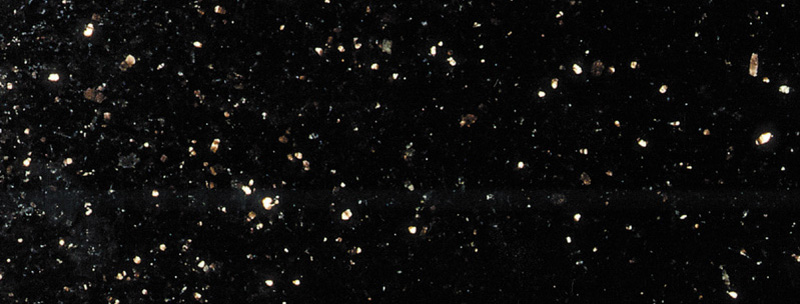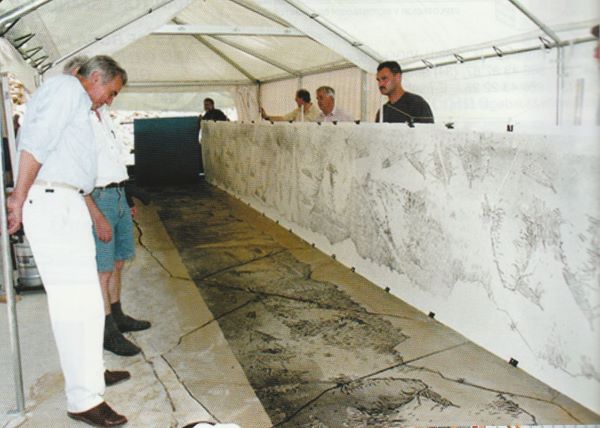Welcome to the 21st Century of Stone in North America
The U.S, market is a very fractured market with various levels of distribution. Producers typically are quarries with small fabrication plants capable normally of producing only cubical work. This work is sold to contractors for cladding of commercial buildings, or large residential jobs for walls and retainer walls or other uses in residential construction. Very few producers are capable of producing tiles and slabs for the residential market.


